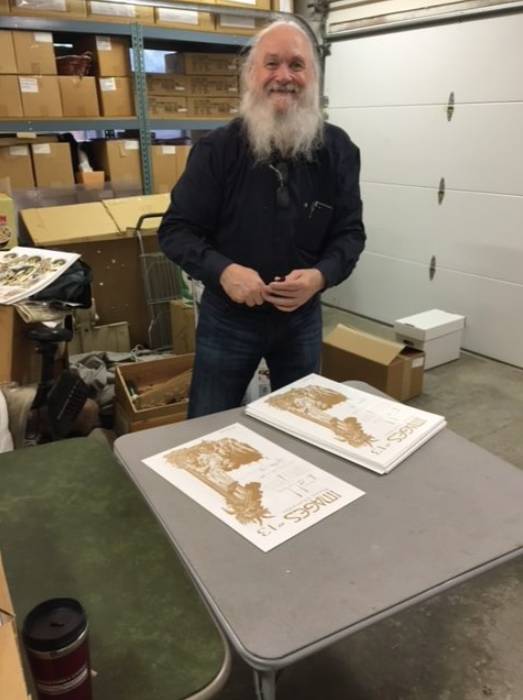
A wonderful historian (and publisher and designer and champion) of and for our community passed away a few weeks ago; rather than bumbling around attempting to write something myself that properly celebrated his life and accomplishments, I asked his close friend Bud Plant if I could post his memories of Jim Vadeboncoeur Jr. (shown in the photo above) on Muddy Colors today. My thanks to Bud for graciously allowing me to share this warm and thoughtful remembrance.
Jim Vadeboncoeur (1946-2023)
by Bud Plant
My interest in comic books and their creators, and in magazine and book illustration, has brought me many amazing friends. Some of them date back more than 50 years, to my teen-age years beginning in 1965 and 1966. Jim Vadeboncoeur was not only my friend for all of these years, but a mentor, a partner, a co-publisher. And we shared the passion of finding and appreciating the best in these worlds of art and artists, illustrators and publishing history.
Jim was raised on the San Francisco peninsula, not very far from my own roots in San Jose. Early on he became part of a web of comic book buddies in the area, gathering at one another’s house to share our finds and enthuse about the latest new books. By this point Jim had moved out of his parents’ house and was living in Palo Alto, already together with his life-long partner Karen Lane. Jim had five years on me, born in 1946. When we first met, I was about 14, not yet in high school. Jim was 19, already going to college with a part time job. But what brought us together was a passionate interest in comics: in the art of Frank Frazetta, Al Williamson, Wally Wood, Jack Kirby, Steve Ditko. Before the price guide, before online data sources, we were digging through stacks of comics, flipping through pages looking for hidden gems by our favorite artists…as well as keeping up with the latest releases from Marvel, DC, Charlton, Dell and a few other companies.
Above: Promethean editors Bud Plant, Al Davoren, and Jim Vadeboncoeur Jr.
Jim’s first publishing project was a fanzine with an indecipherable name. I don’t know which of us came up with that idea, but it sure sounds typical of Jim. He was never one to go along with the crowd if he saw a better or more interesting way. We loved the “gobbledegook” lettering that Rick Griffin was doing at the time, so we said let’s make that our fanzine’s name. And we published our first issue, calling ourselves Promethean Enterprises. We consisted of four editors. Promethean, as it came to be called, brought together what we thought was the best and most interesting in modern comics, in vintage comics, and in underground comics. Editor Al Davoren knew R. Crumb, Spain, Griffin and more of the underground artists. Jim and I loved the work of those guys as well as Frazetta, Williamson, and other contemporary artists. Our first and second issues boasted covers by Rick Griffin, the third by R. Crumb, the 4th by Los Angeles air brush master Bob Zoell, and the final issue was a fold-out cover by Robert Williams. Robert was yet another good friend of Al’s.
We published these from 1969 to 1974, capping things with the first interview with R. Crumb, another fold out with Victor Moscoso’s artwork, articles on vintage crime comics, artwork by Roy Krenkel and more folks. Jim was the master of layout, and got us in the back door of a local printer since we had no budget to pay others to do the zine. We paid a printer after hours and did the folding, binding, and boxing ourselves, until we splurged on the final issue and paid to have it all done professionally. And our enthusiasm overcame caution—we printed far too many copies, and that 5th issue remained in print for at least 20 years, just one of the many items I’d be handling in my business.
But Jim immediately went on to other personal projects. He published The Movie Cowboy by Doug Wildey all by himself in 1971. This was possibly a first, an oversized format similar to today’s Artist’s Editions, showing every detail of the fine movie star portraits Wildey had done for his own personal satisfaction.
Also in 1971 Jim put together Al Williamson: His Art, the earliest index of all (at least, all to that date) of Williamson’s comics and comic strip contributions that Jim and friends had tracked down.
With Bob Napier, Jim published The Fandom Lampoon, which was a spoof of the early fanzine called Infinity, published by two youngsters on the east coast. Infinity wasn’t a bad zine, per se, but it did have some problems typical of fanzines at the time. One has to remember that there were almost no professional publications on comics up to this point. Beginning in the early 1960s, the only way to learn about comics history and artists, and to see art by fans or professionals outside of comics themselves, was in fan-produced amateur fanzines. Infinity was well known for publishing relatively lame, almost throw-away sketches by big name comic artists, as well as typo ridden, lame interviews. Jim and Bob called their spoof Inanity, complete with an interview with Berni Wright-On. The picture supposed of Berni was actually a high-school-aged Jim standing in for the real Berni Wrightson. All the artwork was spoofs too.
On the more serious note, Jim, Bob Napier again, and soon to be better known writer Jan Strnad, published George. Another strangely named publication, George was a fanzine of reviews of other fanzines, another first in fandom. You can see a trend here. Our boys didn’t think much of many of the so-named crudzines proliferating at the time, while they also wanted to praise the incredible efforts to be found in superb titles like Jerry Weist’s Squa Tront, Wally Wood’s Witzend, and Bill Spicer’s Graphic Story Magazine. For 11 issues they slammed the bad and praised the good.
Jim also taught me layout. He’d gone to work for a printer around this time. He discovered he hated his first job in business management. He’d gotten a business degree, but telling other people what to do gave him headaches and clearly turned out not to be his forte. So he decided he’d never again…he would only work in jobs where he was his own boss and his work would speak for itself. So he started in the back room, doing production work for a local printer.
I started my own business in 1970/71, (Bud Plant, no fancy names back then). I was typing up ads and simple typed-out flyers I’d put in with orders. That led to my first elementary catalogs. Jim offered to help and he taught me layout as I watched him come up with an entirely new way of 3 “real” catalogs circa 1971-72.
He also designed the 1973 Berkeley Con Program Books. This was the first underground comics convention, held at the UC Berkeley campus. Meanwhile, he was researching comic book artists like there was no tomorrow. He worked with the late Hames Ware to identify inkers and pencillers on Golden Age and early Silver Age books, particularly on his first love, the Atlas (later Marvel) line from the late 1940s to the early 1960s. Hames and he contributed to Jerry Bails’ legendary Who’s Who volumes, which were the first time we began to see an overview of who worked on what throughout the 1930s to the 1960s. Much of this started before the first Price Guide came out in 1970, but it continued, and much of the information they put together was incorporated in the Guide.
Jim also contributed to an APA called APA-5. An APA was a closed group of fans who periodically contributed to an anthology publication distributed to only those contributors. One example of his work was a piece on Golden Age artist Munson Paddock. This obscure artist was also one of the most interesting in the early Golden Age, contributing to DC’s earliest titles. He was often mixed up with a pseudonym of Celia Paddock and thought to be a woman. Jim found a library that had ended up with his archives…Paddock had been a lifelong railroad enthusiast and when he passed away, he left a huge archive of original glass negatives and more modern pictures of trains. Thus Jim was able to finally dispel the incorrect information and give Paddock a place in comics history.
He did much the same for Matt Baker. For years, right up to today, a great many comics that Baker had nothing to do with have been attributed to him. The Iger shop, where Baker had once worked, liked his style so much, the artists went on to emulate it long after Baker had moved on (in this case, to his superlative romance comics for St. John). Jim once again studied the styles on each and every story and did his utmost to give Baker his due, but stop the attribution of Iger Shop work as Baker’s.
Myth buster? You could say that!
Through all this, Jim was also a hardcore collector. His first love was Atlas, and he amassed what could be one of the only known complete collections, all the way from Strange Tales #1 to the beginning of the Marvel super heroes.
Jim was also a true cheapskate. Or put another way, Jim wanted a LOT of books but didn’t have unlimited funds. Fortunately condition was totally unimportant to him. He wanted the book strictly for its contents, for what he could learn about the artist-contributors. So he happily bought low-grade books that he would promptly take out of their bags, throw out their boards, and put them in handy small boxes for quick access. At that point he had every Atlas comic except Strange Tales #1, since by then it was already beyond his famous $40 pending limit for a comic. So several of his friends got together and bought him a copy.
But these raw books also became a source of research and reprint material for Jim’s friends. He let me go through every book in his collection so I could make notes on ones I’d like to own (with the good artists) and ones I didn’t care about. He loaned comics to Craig Yoe, as Craig mentions in his touching piece about Jim, and made possible a great many of the Yoe books that collected early pre-code sci-fi, horror, romance, and just plain weird comics.
He also penciled in his best guess or confirmed attributions of who the inkers and pencilers were on his books; then he’d send them to Hames Ware to get his feedback. Hames did the same with the comics he’d accumulated.
And finally, just in the last few years, Jim was loaning them to at least two online sites, for them to smash flat in a scanner so they could upload complete issues for all of us to see on the internet. Remember, condition wasn’t important to Jim…the comics were never an investment, but a means to an end of learning more about comics history.
Jim and I both moved into the tangential world of book and magazine illustrators. First it was Maxfield Parrish and N.C. Wyeth, but soon we had leapt in with both feet, tracking down rare early books illustrated by favorites like Willy Pogany, Frank Papé, the unrelated Eric Pape, Joseph Clement Coll, Franklin Booth, J.C. Leyendecker and hundreds of others. Jim also began finding bound volumes of early magazines circa the 1890s to the 1940s, putting together a world class collection packed with artwork never collected elsewhere.
Two big events came out of this interest in illustrators. The first was Jim’s and my partnership, for almost 20 years, as Bud Plant Illustrated Books. I got my name in the title since I had pretty good name recognition after years of issuing catalogs, selling online, and doing shows. But Jim was the true heart of the business, with the able help of his master-progammer partner Karen Lane, who helped us build a database for selling our duplicates. Later we’d go out on buying trips to score more books to list and sell through our occasional catalogs, at rare convention appearances, and eventually on the internet. For several years, Jim and Karen would set up a 10×10 booth of rare illustrated books within my larger display of 10 booths at San Diego Comic Con. We counted many greats among our customers, such as Kinuko Craft, Mark Schultz, William Stout, Michael Kaluta, and Charles Vess.
Second event: Jim began Images magazine. Now that he’d collected all this rare material and learned about the artists, often diving deep into their careers, he wanted to share it with others. So first he mandated that he would write a new, original biography of an important comics or book illustrator, one each week. He’d post these to our BPIB website, until he had over 100 of them up, complete with full color artwork and details often previously little known.
Next, expanding on these biographies, he started putting together his Imagesmagazine…light on text, since it was already on his website, and heavy on artwork. And what artwork. Jim probably did more than just about any other publisher dabbling in this area, because he would carefully, dot by dot, go over each picture and try and restore it to what he felt the illustrator had wanted it to look like. Often his sources could be badly printed early magazines and off register book plates, so it was no easy task to make these look as sharp as they were drawn.
He also started the companion magazine Black & White Images Annual, a way he could offer even more work but at a lower cover price, being strictly in b&w.
By sticking strictly do reproducing artwork from before 1922, Jim avoided any copyright issues. He brought to the world rare and superlative work by a host of the finest illustrators, from Howard Pyle, J.C. and Frank Leyendecker, Franklin Booth and Edmond Dulac, to Heinrich Kley, Gustave Dore and Daniel Vierge. Just about every fine artist from the 1880s to 1923 found their way into Images.
And finally, he produced his one and only full blown art book. Jim got to be good friends with Everett Raymond Kinstler, an artist who had started his career in comics. Kinstler moved on to paperback and magazine art and eventually would be doing portraits for sitting presidents. But Kinstler was never reluctant to talk about his roots in comics, as well as his close relationships with fellow illustrators. Jim mined this generosity and produced a fine book, including a signed limited edition. Kinstler started off doing Hawkman for DC and Black Hood for MLJ. But he came into his own with his black & white, fine line artwork on the content’s page overviews that Avon liked to do on their inside covers on all their titles in the early 1950s, from Strange Worlds to Jesse James. Kinstler made many of these small masterpieces. Jim arranged for Kinstler to come to a San Diego Comic-Con as a special guest.
Jim retired from selling illustrated books with me around 2000, and I was fortunate enough to have met bookseller Anne Hutchison who stepped in and continued the business, now known as Bud Plant and Hutchison Books. But Jim’s time was now going into producing Images magazine and improving his website, even as he finally retired from his day job at Hewlett Packard as a computer service manual designer.
When Karen’s father passed away, she inherited enough for the two of them to buy a small apartment in Paris, in the 17th district. They began spending weeks and then months at a time in Paris. Jim became close friends with Jean-Pierre Dionnet, the co-founder of Metal Hurlant along with Jean Giraud/Moebius. And one of his best friends was the artist of the Valerian series, the late Jean-Claude Mézières. Also Sylvain Despretz, a concept and storyboard artist and author of the biographical art book Los Angles.
Jim loved Paris, loved good food and a fine bottle of wine. And going out to his favorite boulangerie (bakery) for an early morning coffee and pastry, just a couple minutes from his apartment.
His favorite companion to hit the Paris flea market with was Florence Cestac. He (and Al and I) all met Florence and her husband Etienne Robileback when they were the now lengendary Futuropolis, the 1970s-era Paris comic book store and publisher. Florence went on to become a well known creator of French graphic novels and they remained good friends, delighting in finding vintage illustrated books and magazines on their weekend excursions.
And he started on yet another venture. He would board the metro, get off at a new station each trip, and walk up into the local neighborhood. Then he’d take pictures of wonderfully evocative door knockers and metal gates, and post them on his Facebook page. All in one, he’d figured out how to get his daily exercise, explore the city, and discover more interesting design from the last century.
And his apartment was always open to friends, boasting a spare bedroom.Craig Yoe and his family, Anne and I, artist Ken Steacy and many others made the sojourn to Paris and got the tour with Jim. We got the guided walks along the Seine, to Notre Dame and the riverside book dealers, the Flea Market, the finest museums and exhibits never far from his apartment. And of course, fun dining in his favorite haunts.
My friend Alex Grand was asked to write about Jim for The Comics Journal. I want to defer to Alex now, because his opening statement about Jim works so well to close out my personal remembrance:
“[Jim] Vadeboncoeur dedicated his life and formidable curiosity to the preservation, documentation and promotion of comic art and American illustration history. Through his diligence, many overlooked artists and works found the spotlight, adding to our understanding and appreciation of the field.”
That says it all, “every word like glowing fire.” Lucky me, I was there with Jim from beginning to end; our interests coincided, we both made discoveries we could share with one another, we both were fascinated by the same worlds of comics and Illustration. I learned so much from Jim and I will miss his insights and perspective, his kindness and generosity. ~ Bud



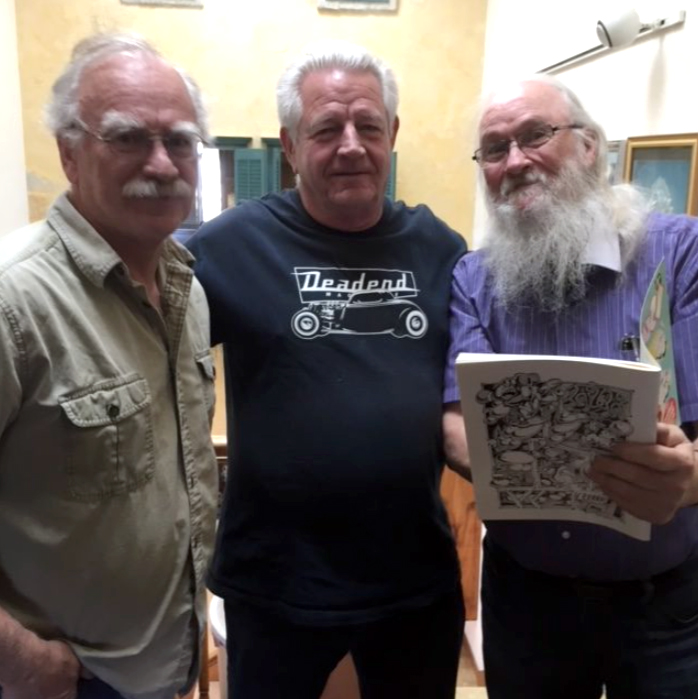
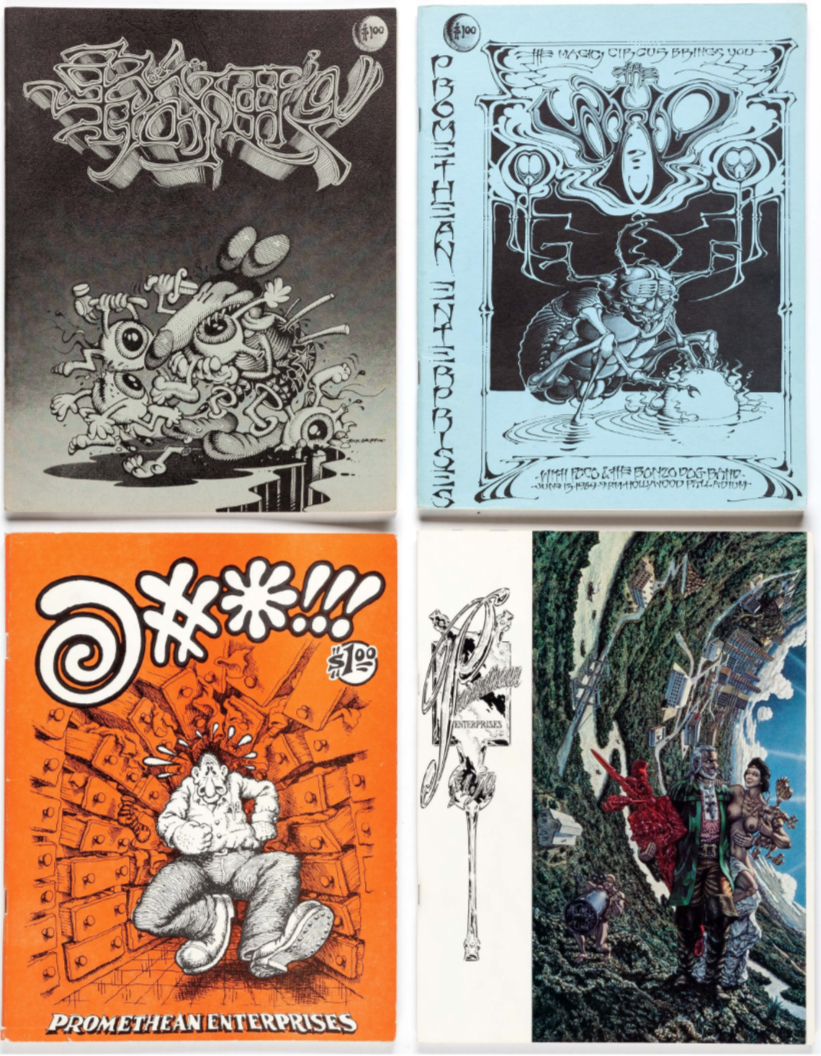
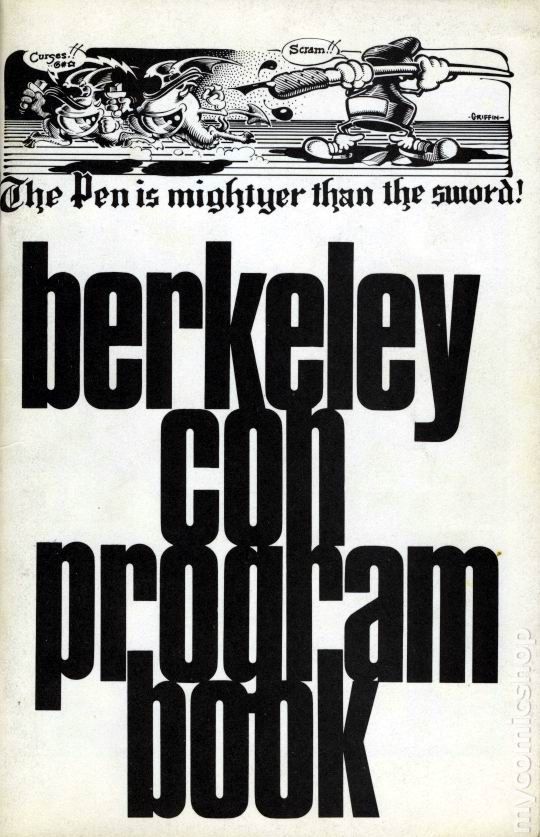
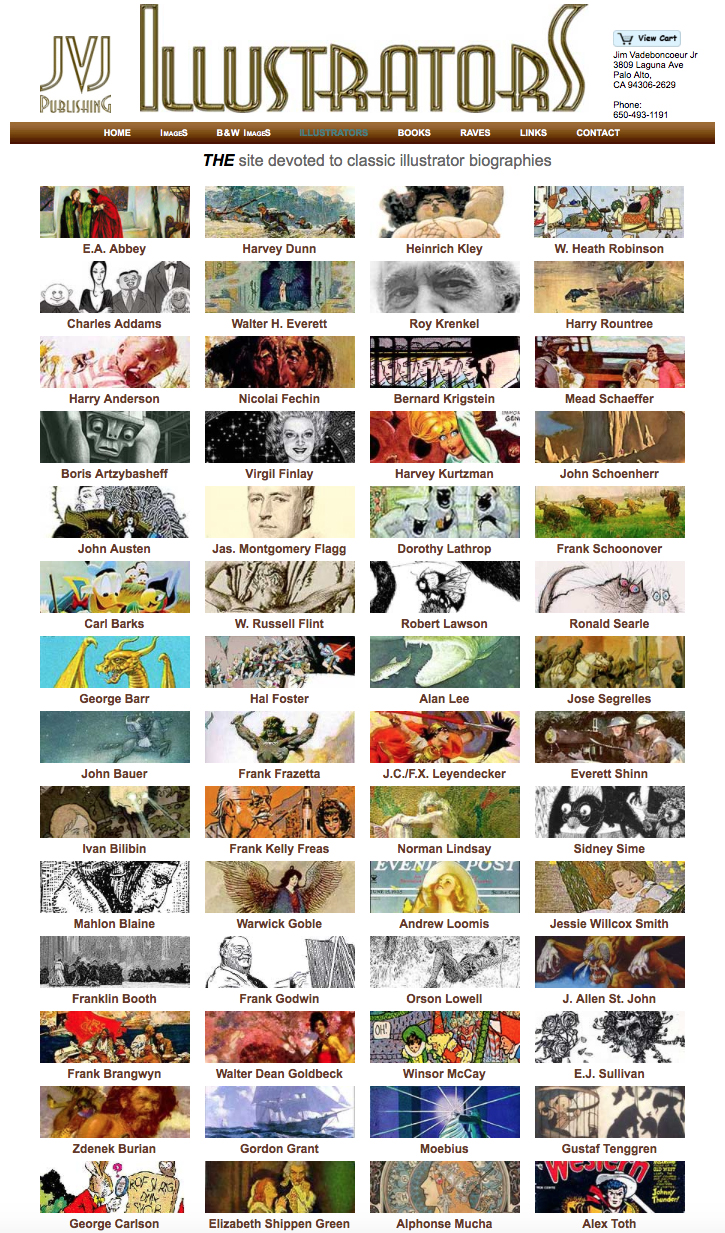


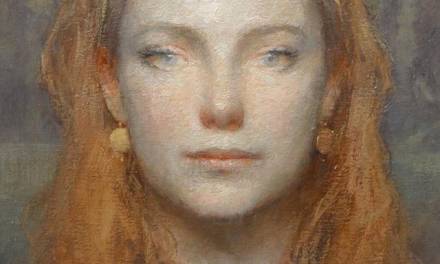
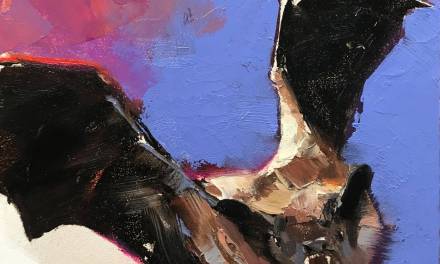
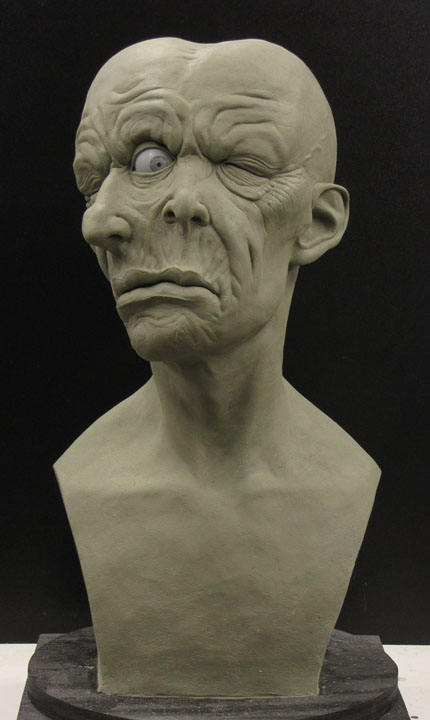
Always a treat to hear a great underdog story, back then putting together your own fanzine with your own hands must have been the coolest thing. As a life long comic book fan, I truly appreciate all the hard work that goes into creating the pieces of the puzzle that us fans get to treasure over and over.
Thank you for sharing Jim’s passion 🙂